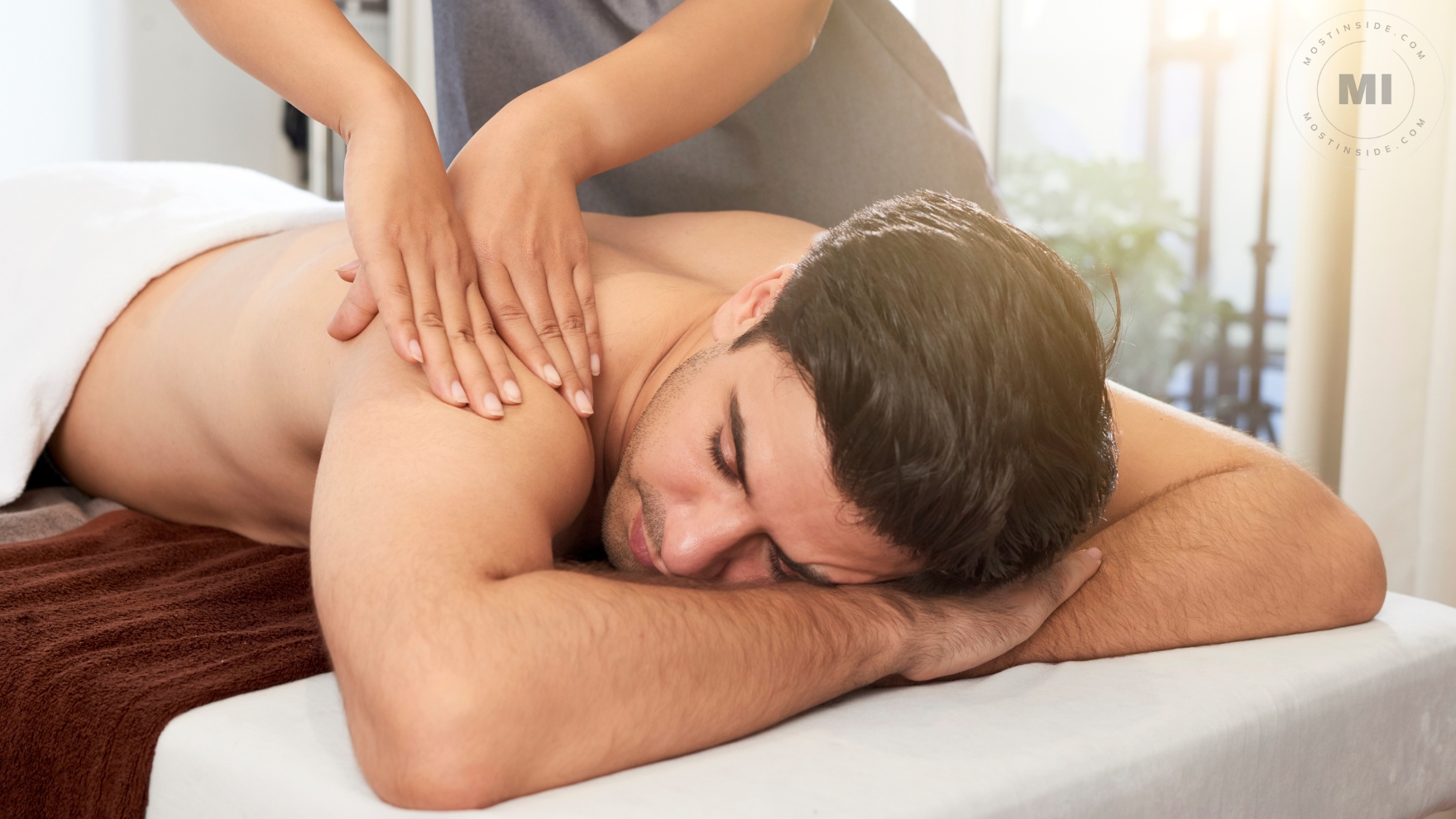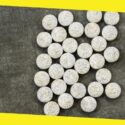8 Quick Relief Tips For Sore Muscles
This post was last updated on March 18th, 2025
When you’re inactive and decide to sign up for gym classes, your muscles are likely to ache and be sore for the first few days. Well, it’s common to have sore muscles after a serious workout or a new strenuous activity such as hiking, bike riding, yoga, or dancing. Sore muscles can be uncomfortable and can encourage you to stop your new workout routine, but don’t; there are active recovery methods that might help.

Studies show that sore muscles after a workout are a good sign for your body. It means you’ve worked a little extra to make your muscles tear, making them healthy and fit. As your muscles heal, they’ll become more prominent and decisive, creating room for the next level of fitness.
Although everyone’s first instinct is to reach the doctor, other ways exist to soothe sore muscles. Find out more remedies to ease your aching muscles in the article below.
1. Use Essential Oils
Essential oils such as a cannabidiol or CBD pain roller can be used for numerous wellness concerns and health issues, including muscle aches. You can choose peppermint, rosemary oil, or lavender to apply to your sore muscles. A quality essential oil can quickly relieve pain in the muscles. If you find it difficult to differentiate one quality product from any other, don’t hesitate to consult an expert.
Essential oil can irritate your skin, so remember to apply carrier oil to your body before using it. You can try applying an essential oil to a minor part of your body before doing it to your entire body.
2. Try Heat Or Ice Therapy
People have different theories about heat or ice to soothe sore muscles. But apparently, both therapies help ease the pain. You just need to know how they each work to decide when to use heat or ice for your muscles.
Ice therapy slows blood circulation, which can therefore reduce pain and swelling. It’s primarily used for new injuries and pain. Heat therapy, on the other hand, increases circulation, which might be helpful to muscle recovery by loosening tight, sore muscles. This is helpful for older injuries and unbearable pain.
But the bottom line is if you try heat or ice therapy within your exercise hours, it’ll soothe your sore muscles. You can try both treatments to determine which works best for your muscles.
3. Opt For A Foam Rolling
Foam rolling is like giving your body a tissue massage down where your muscles are hurting. Massage in the body helps relieve tension and provides pressure to the muscles, hence, untightening the knots to ease muscle pain. Foam rolling can be painful because of the force, but it’ll help your sore muscles recover quickly.
Foam rolling can be done before or after a regular exercise routine. It can be used before to warm up your muscles for an exercise and can be used after to relieve pain levels in the muscles. There are levels in foam rolling, and it’s advised to start with smooth, low-density foam rolling if you’re a newbie.
4. Try Massage Therapy

Massage therapy can provide a quick relief tip for sore muscles and other benefits if done correctly. It’s advised to get a body massage often because it reduces inflammation.
Wonder why most doctors recommend massage therapy appointments to patients? It helps reduce stress, strengthens the muscles, and eases body aches. It’s even said that massages are more effective than any other recovery strategy.
5. Put On A Compression Gear
Putting on compression gear after an exercise may help speed up your sore muscles. Typically, athletes wear compression socks while running to help prevent sore muscles and improve blood circulation. This also enables them to run faster than before. If you wear a compression sock while working out, you’ll lessen the soreness.
6. Drink Water
Drink water before, during, and after a workout. The body and muscles need water to recover. Avoid dehydrating your body with substances such as coffee and soda. Studies have shown that dehydration may increase the DOMS symptoms and prolong recovery. Water after exercise lessens the pain in your muscles.
7. Eat Anti-inflammatory Foods
Studies show that diets full of anti-inflammatory foods can help relieve sore muscles. They contain antioxidants and nutrients that aid muscle pain and repair. However, you must focus on a balanced diet, not just anti-inflammatory foods such as watermelon, caffeinated drinks, fatty fish, and beetroot juice.
8. Sleep Well
People underestimate the power of having a good night’s sleep. A night of good sleep can boost your mood to your health. Good sleep can help your muscles recover from injuries quickly. It makes your aches feel less intense. Also, good quality sleep will allow your muscles to grow.
Conclusion
Muscle pain after a workout is regular, and the above article has illustrated various ways that help relieve sore muscles. This can happen to anyone, including those people who are used to exercising. But it’s most common for newbies and those who return to work out after a long break.
Recommended For You
5 Impressive Health Benefits of Kratom Leaf
Most Inside
Most Inside offers high-quality recommendations and valuable updates to enhance all aspects of your life, providing premium guidance and enriching experiences.




